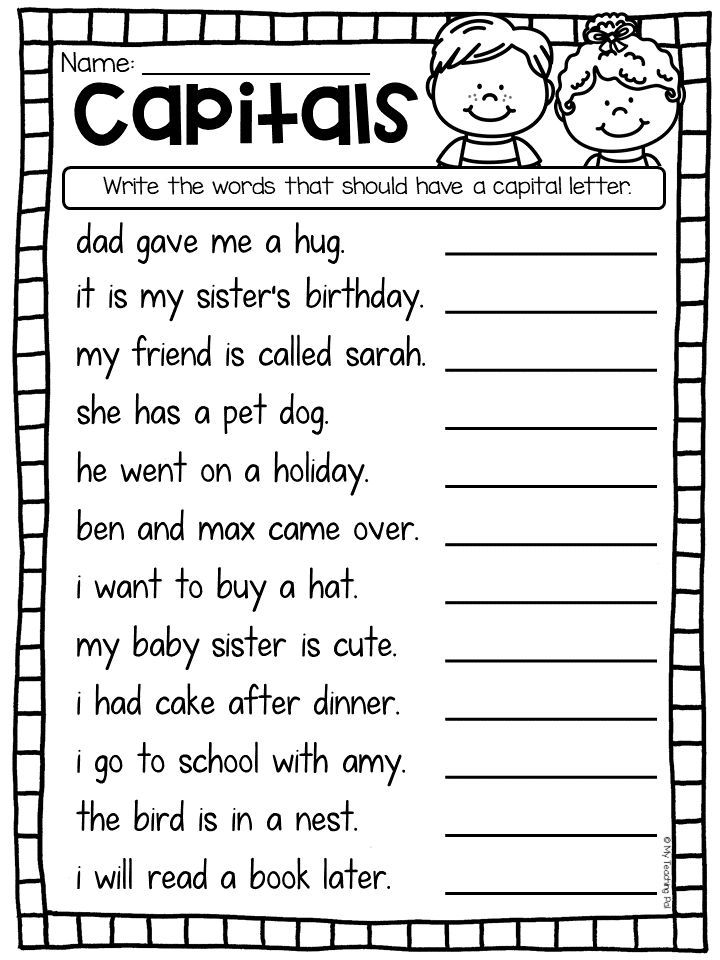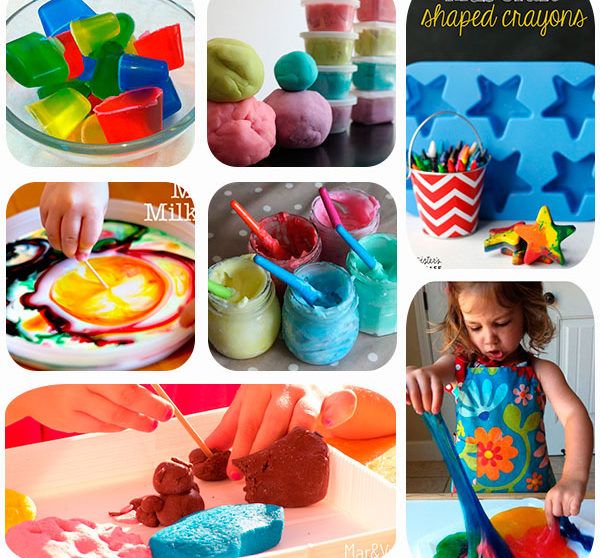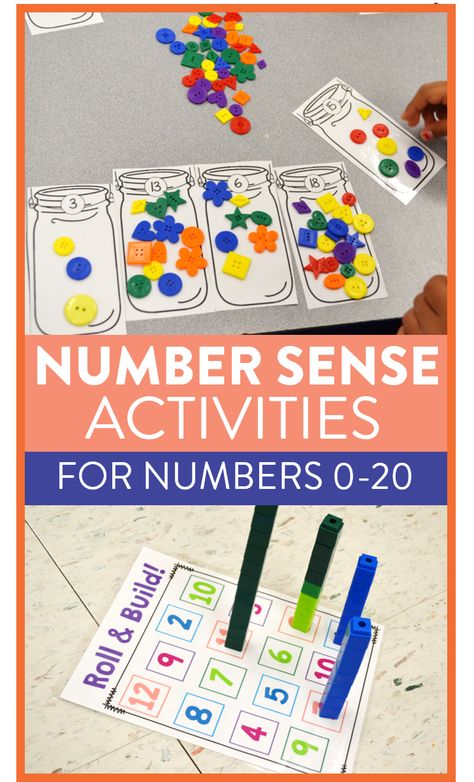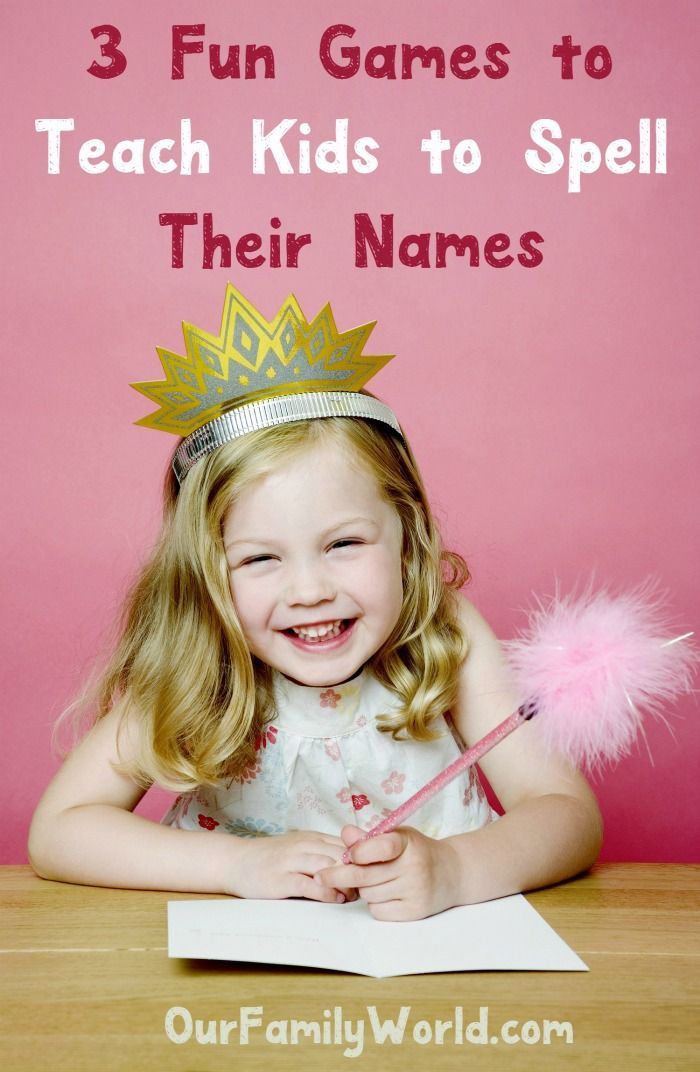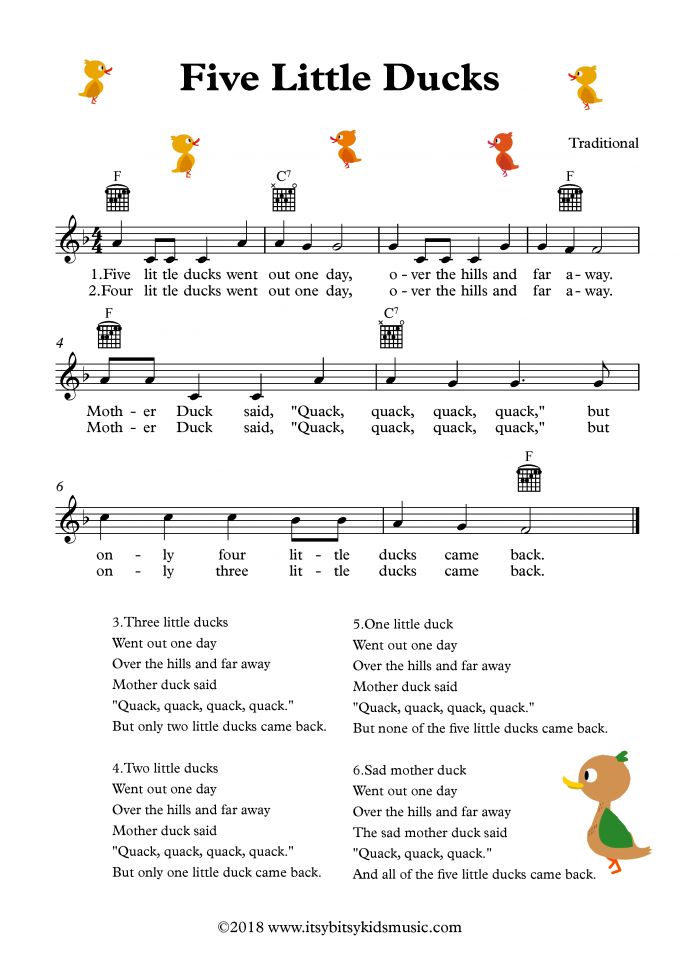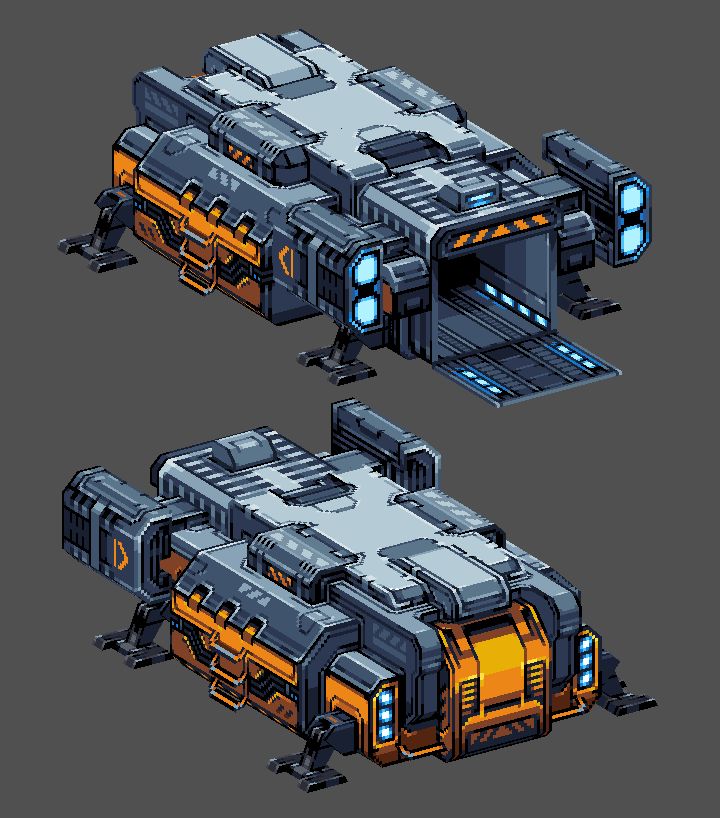Letter writing in first grade
How To Teach Friendly Letter Writing In First Grade
How to Teach Friendly Letter Writing in First Grade
- Post author:Carla
- Post published:
- Post category:Freebies / Writing / Writing Fix
Nothing brightens your day more than a friendly letter, much less a letter from a child. This week, I’m spending some time with some amazing short people in first grade. Have I mentioned how much I love first grade? Writing with first graders is very eye-opening, and letter writing is sure to create a little buzz. Today, I’ll share suggestions for teaching letter writing with small children.
Model Letter Writing with Great Literature
First of all, we begin by sharing great book choices. Luckily, one of Ezra Jack Keats’ books fits the bill since we’re also doing a study of his work with our reading mini lessons. A Letter to Amy is about Peter getting ready for his birthday party. His BFF is Amy, and he really really wants her to come. He writes a personal message, but things get foiled. Then, he loses the letter. However, Amy gets the message and comes right on time.
Another great letter writing book is Dear Mrs LaRou by Mark Teague. Luckily, my favorite writing website, The Writing Fix has a great lesson with teaching ideas, anchor papers, and some materials. I was really happy to be able to project the anchor paper samples for the kids to look at and evaluate. Kids learn a lot from looking at other students’ examples. At the end of this post, I’ll share the letter writing paper I created for the kids to use.
Finally, If you’re wanting to write persuasive letters, my favorite is I Wanna Iguana. I love this book, and honestly, it could lead to really interesting letters. I have a full lesson on persuasive writing with it. CLICK HERE to access that lesson.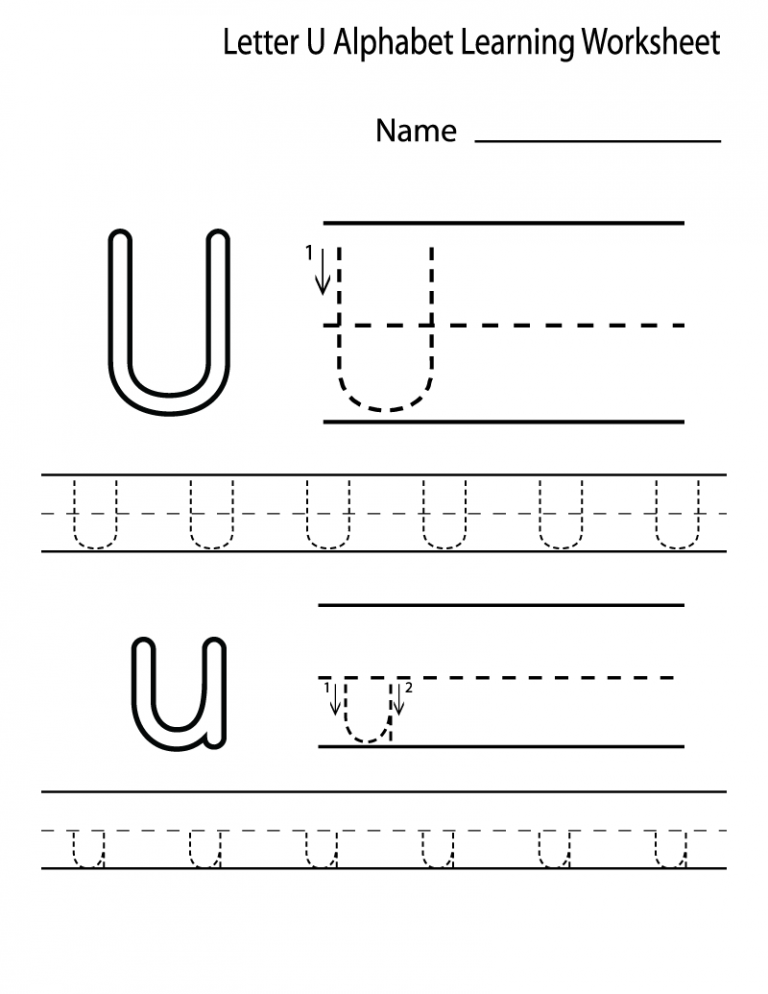
Explain Friendly Letters
After we’ve explored letters in our mentor texts, it’s time to explain friendly letters. I share our texts to build background and model how letters are organized. Then, we brainstorm topics and details for our letters. For our first letter, the children write thank you notes to a guest speaker . The details shared from the presentation were excellent, and the drafts are well organized. (Lesson success!)
The second piece we will be working on will go through the full writing process and will be based upon the lesson ideas with Dear Mrs. LaRou. I love the anchor papers that are included which will get the ideas going. RAFT papers are fun, and I’m anxious to see what the kids come up with for topics.
After two explicitly taught pieces, we’ll continue writing letters during the grading period. The children will write to characters, to family members, and to each other. Hopefully, the kids will go home and write them too!
More Friendly Letter Teaching Ideas
Free Resource
There are two pages included in the freebie I’m sharing with you.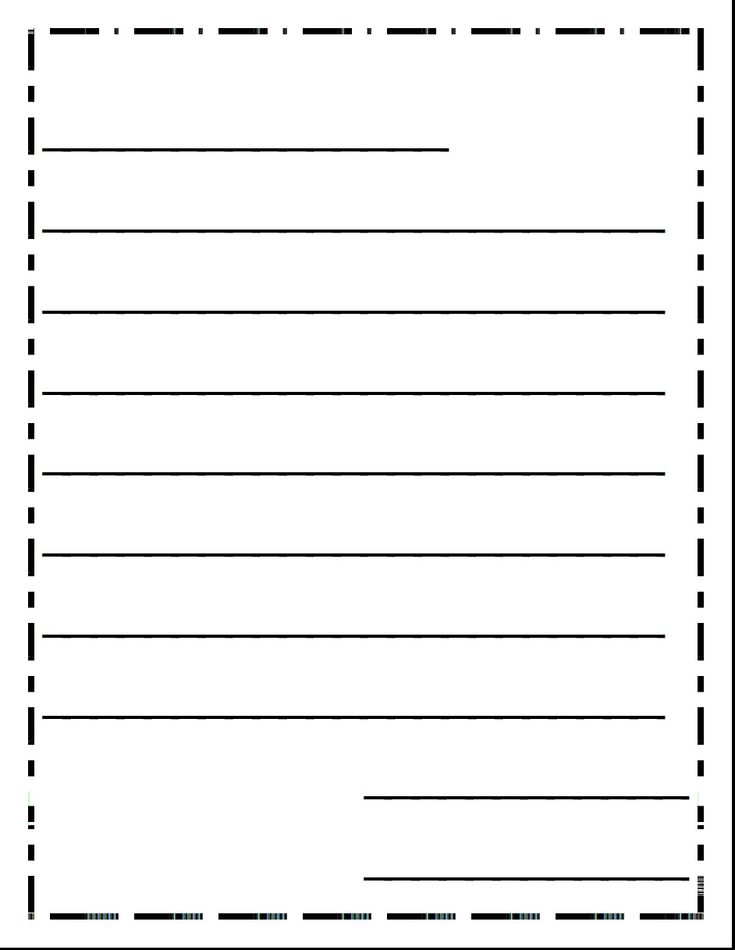 The first includes the five parts of a letter labeled with the parts the kids need to know. The second is a letter writing stationary. I hope you find it helpful.
The first includes the five parts of a letter labeled with the parts the kids need to know. The second is a letter writing stationary. I hope you find it helpful.
Building Writing Skills Using the Six Traits: Mentor Texts for Organization
Six Writing Traits for the Primary Grades
Building Writing Skills Using the Six Traits: Mentor Texts for Working on Voice
We use letter writing skills all the time, so I know the kids will write lots of them in the weeks ahead to show off their new knowledge. Have a great week, and I enjoy the freebie.
An Introduction to Letter Writing
By: My Child magazine
Introduction
Letter writing is an essential skill. Despite the prevalence of emails and text messages, everyone has to write letters at some point. Letters of complaint, job applications, thank you letters, letters requesting changes or making suggestions — the list goes on and on. Encouraging children to write letters from an early age will improve their communication, social and handwriting skills, and teach them what they need to know about writing and structuring letters.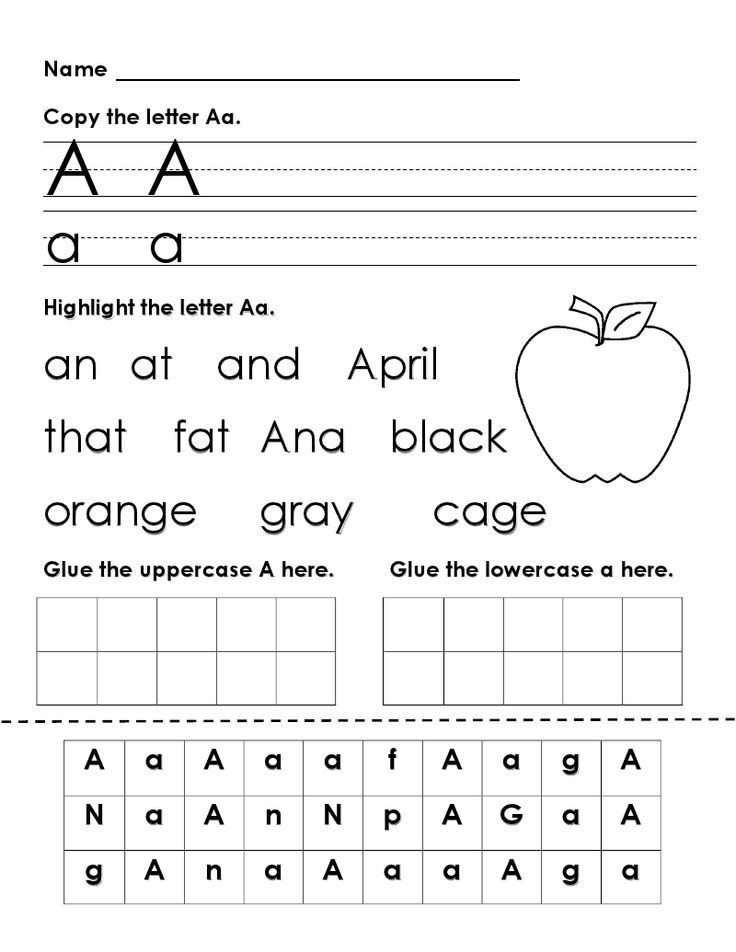
In this article:
What's so special about receiving a handwritten letter?
Quite apart from curriculum requirements, being asked to write letters is a task that will appeal to children. The sheer fun of sending and receiving letters appeals to every child. There is something special about putting letters into the post box and then having letters delivered by the postman… the brightly colored stamps, seeing your name on the envelope and knowing that inside is a long awaited letter from a friend or member of the family. It shows someone cares and has taken the time to sit down and think about you.
Handwritten letters have a charm of their own. You can take time to think about what you want to say. You can keep letters to read again and again. You can admire the handwriting; share dreams and thoughts. Responding by letter is very different to the immediacy of a text message or an email.
Back to Top
Activity 1: Warming up to letter writting
Use the above themes to encourage the children to discuss letter-writing.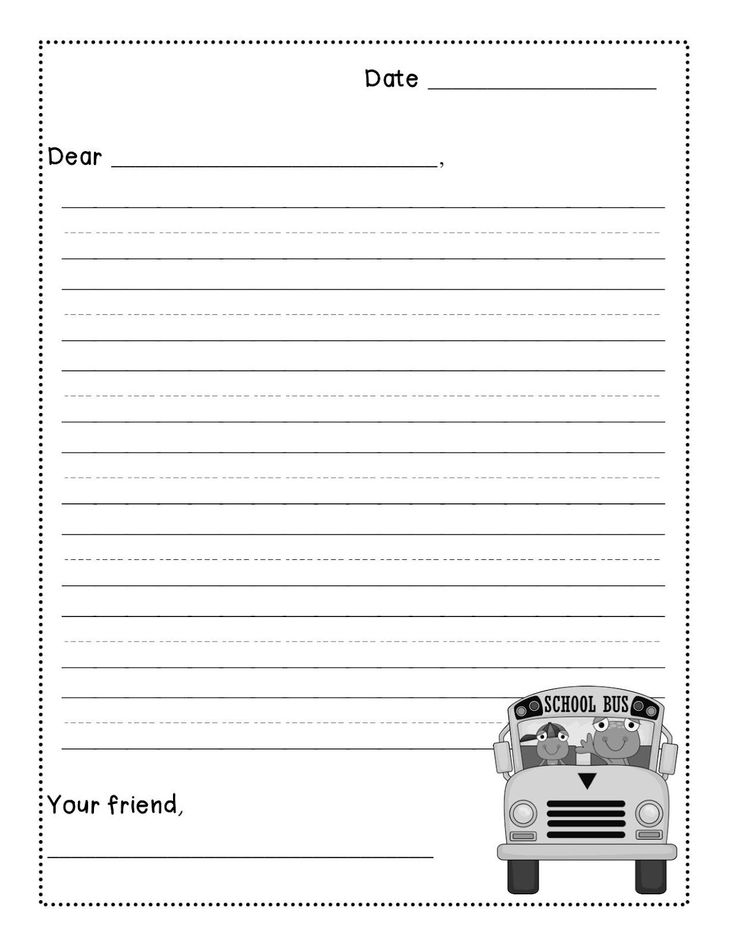 Ask the children to put their hands up if they have ever received a personal letter. Ask for one or more volunteers to talk about how they felt to receive the letter. Here are some initial questions that may help:
Ask the children to put their hands up if they have ever received a personal letter. Ask for one or more volunteers to talk about how they felt to receive the letter. Here are some initial questions that may help:
- What was in your mind as you read the letter?
- Did you keep the letter to read again?
- Did you share your letter with anyone?
- Did you write back?
And some questions for whole class or group discussions:
- Can the class describe any differences between the handwritten letter and an email?
- Do the children think there is ever a time when only a handwritten letter will do?
Ask the class to interview each other to find out each individual's experiences of writing and sending letters. This can be recorded in a chart.
Back to Top
Activity 2: Introducing letter writing
Collect a supply of different types of letters — both formal and informal. Ask the children to sort them out into two groups. Which were written to friends? Which are formal letters from businesses? Which features or characteristics distinguish formal from informal?
Which were written to friends? Which are formal letters from businesses? Which features or characteristics distinguish formal from informal?
Having done that ask the children to look for differences between the two groups. This allows a discussion to take place about the different types of letter. Draw up a chart for each group covering:
- Address — business or private?
- Greeting — formal or informal?
- Style of letter — friendly or business?
- What is the message?
- How does the letter end?
This will allow the children to find out for themselves the differences between formal and informal letters.
This could be followed by a discussion of the type of letters the children or their families write. How many occasions can they think of which would deserve a letter to be written? For example:
- Letters of congratulation
- Exchanging news
- Writing to friends
- Letters saying sorry for doing something wrong
- Making appointments
- Asking for information
- Dealing with banks or stores
- Letters to family members who live some way away
- Letters to Santa Claus
- Thank you letters
- Letters showing how much you appreciate someone
- Letters responding to someone who has had bad news — showing how much you care by trying to share their sadness
- Letters of complaint
- Letters to newspapers and magazines
In each case the children should decide what type of letter would be most appropriate in each case — formal or informal? Draw up a chart for each group.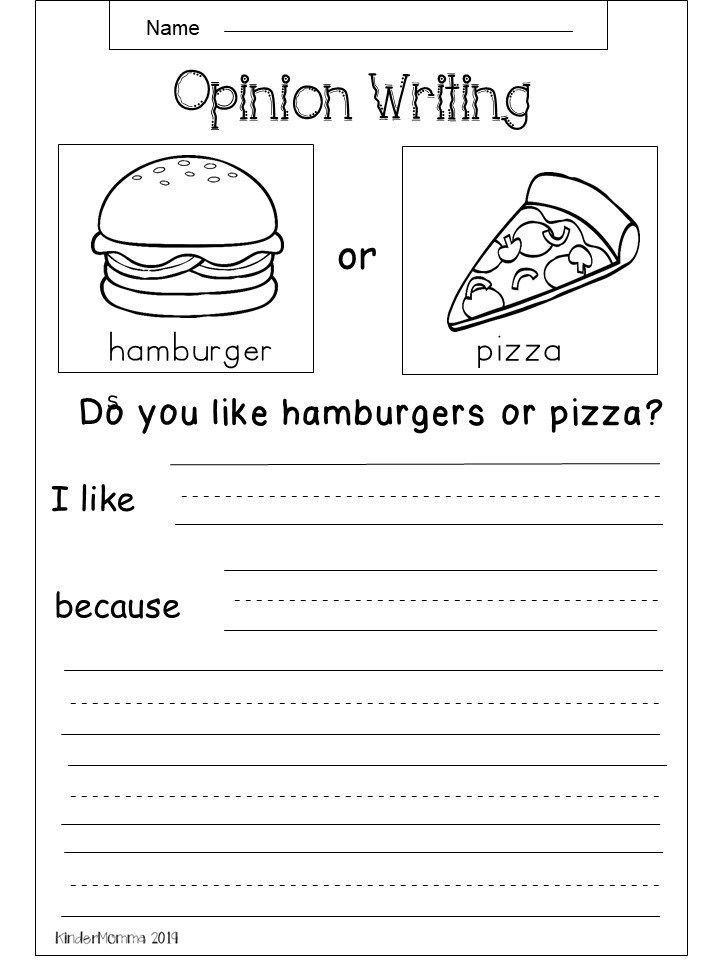
Back to Top
Activity 3: Formal letters
These are sometimes known as business letters. They are written in a strictly formal style. Such letters are always written on an A4 (8" x 11") sheet of paper. They can be folded three times so that the address to which the letter is being sent can appear in the window of a business envelope. The layout is always the same.
Structure:
- The senders address is put at the top right hand side
- Include telephone number and email if available
- The address of the person receiving the letter goes on the left hand side below the sender's address
- The date
- Greeting — Dear Sir or Madam. You can use the titles Miss, Mrs. or Mr. if you know the name of the person to whom you are writing
- The message
- Complimentary close — Yours faithfully or Yours sincerely
- Signature
- Write name in block letters (this is to ensure that the person receiving the letter knows exactly who has sent it.
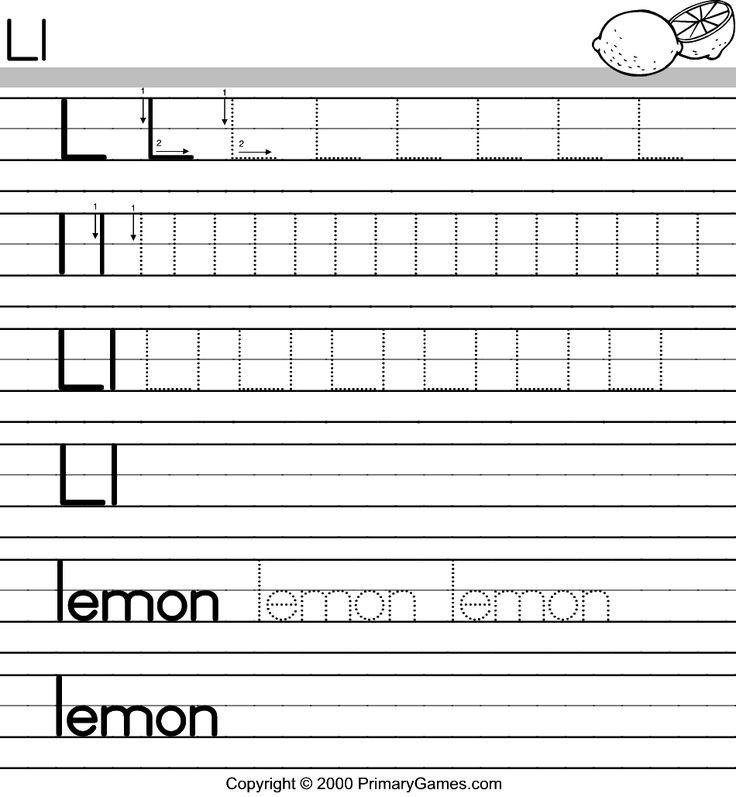 Signatures may not be very clear)
Signatures may not be very clear)
Back to Top
Activity 4: Informal letters
These are letters to friends and relations, or people you know well. Structure:
- The sender's address should always appear on the top right hand corner of the page.
- Include telephone number and email if available
- Greeting — There are several variations that can be used depending on how well you know the person: Dear Mary, Hi Mary, Greetings
- Complimentary close — short comment, for example Love, Lots of love, With thanks, See you soon
Tips for writing good letters
- Make sure that they are well written. It can be very annoying for someone to have to struggle to read handwriting. Always use your best and clearest handwriting.
- Make sure all your contact details are clearly written down at the top of the letter. If they are not, then you might not get a reply. The correct address is essential.
- Think about what you want to say.
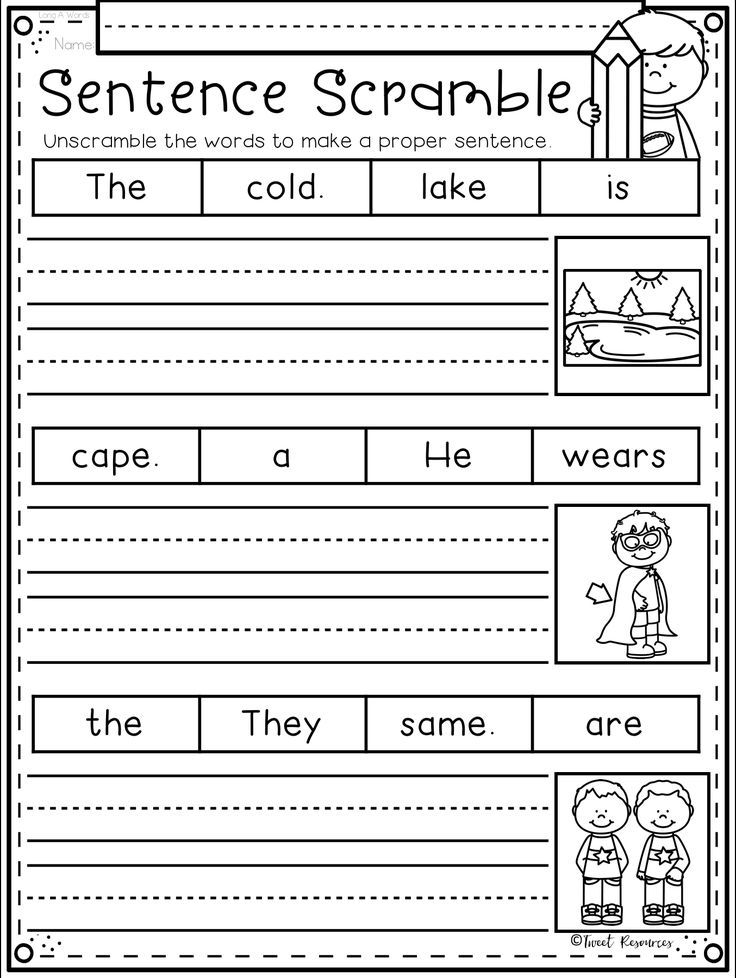 If necessary make some notes on a separate sheet of paper first. This will ensure that you do not forget anything.
If necessary make some notes on a separate sheet of paper first. This will ensure that you do not forget anything. - Think about to whom you are writing the letter. Use the right style of writing and language — formal or informal, business like or friendly.
- Lay out your letter using paragraphs. This makes it easier for the reader.
Back to Top
Activity 5: Letter of inquiry and letters providing information
Suitable for school, children ages 7-9
These are formal letters and messages need to be precise and detailed, covering all the required information. Two types of letters can be undertaken — a letter requesting information; and a reply providing it.
Out in the Milky Way, there is an alien curious about Earth. He writes a letter asking for information about liquids and gases. These do not exist on his planet and he finds it hard to understand what they are.
Write a letter explaining what liquids and gases are.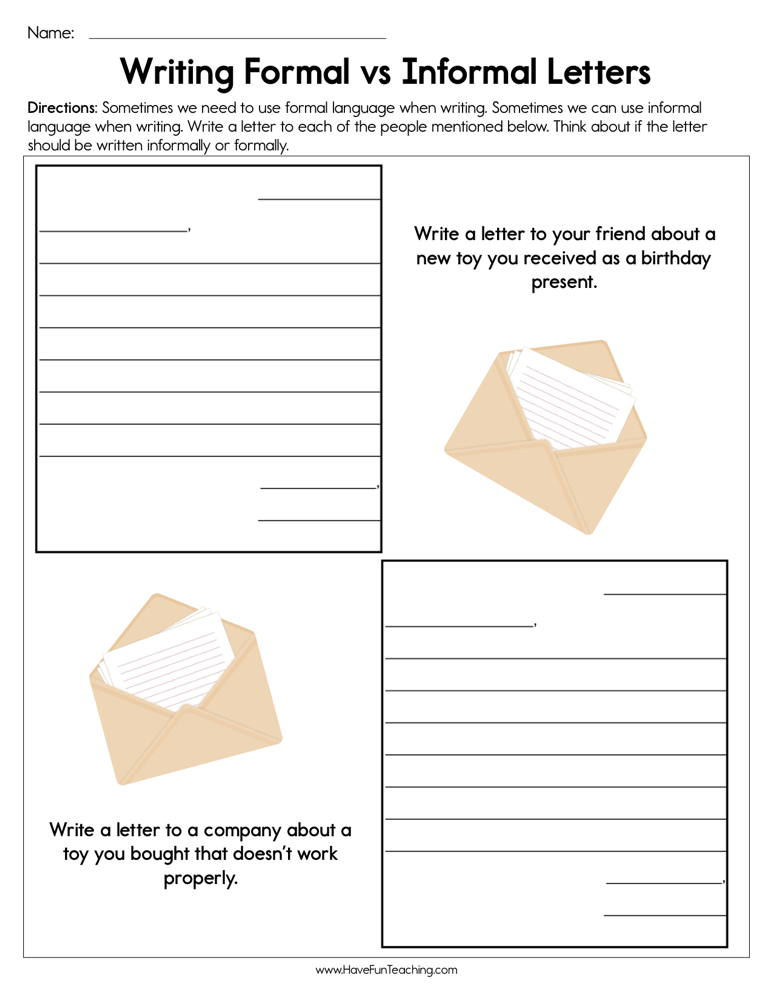 How do they work? What examples could be included? What would be confusing about them? This could link to your science curriculum and could act as a revision exercise giving an opportunity for a discussion about gases and liquids.
How do they work? What examples could be included? What would be confusing about them? This could link to your science curriculum and could act as a revision exercise giving an opportunity for a discussion about gases and liquids.
The following day, give the children a thank you letter from the alien!
You could link up with another class in the school. One class could write letters of inquiry. These would be delivered to the second class for answering.
Back to Top
Activity 6: Thank you letters
Suitable for school, children ages 5-7 and 7-9
Thank you letters are very important and can be used in lots of ways: thanking organisations for helping, thanking people for helping you, thanking someone for a lovely time. They make a good follow up exercise after receiving presents or going on a visit.
Your class has just been out on a school visit to a farm. Write a thank you letter to the farmer. You will need to say thank you and how much you enjoyed the visit.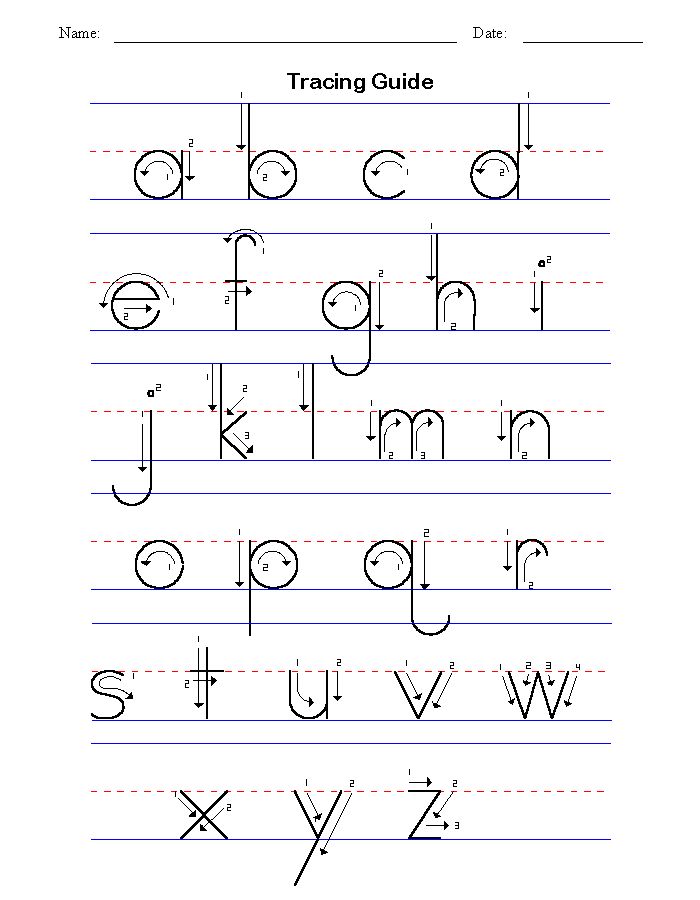 Give some examples of what you enjoyed best about the day? Was it feeding the lambs? Pond dipping? Seeing the young animals?
Give some examples of what you enjoyed best about the day? Was it feeding the lambs? Pond dipping? Seeing the young animals?
Back to Top
Activity 7: Letters of invitation
Suitable for school, children ages 5-7 and 7-9
Everyone likes receiving invitations. Receiving a hand written letter asking you to a party or a special event makes you feel very special.
Discuss what type of event might create a need to write letters of invitation. There are plenty of examples — birthday parties, Christmas parties, a visit to a beach with friends; going out to a farm or to the cinema, a wedding or when a new baby is christened; or simply inviting a friend to stay overnight at your house.
Choose a special event and write a letter inviting a friend. What do you need to include in the letter so that they have all the necessary information? You need to be clear on the date and the time, as well as the location. Your friend would be very upset if he or she went to the wrong place.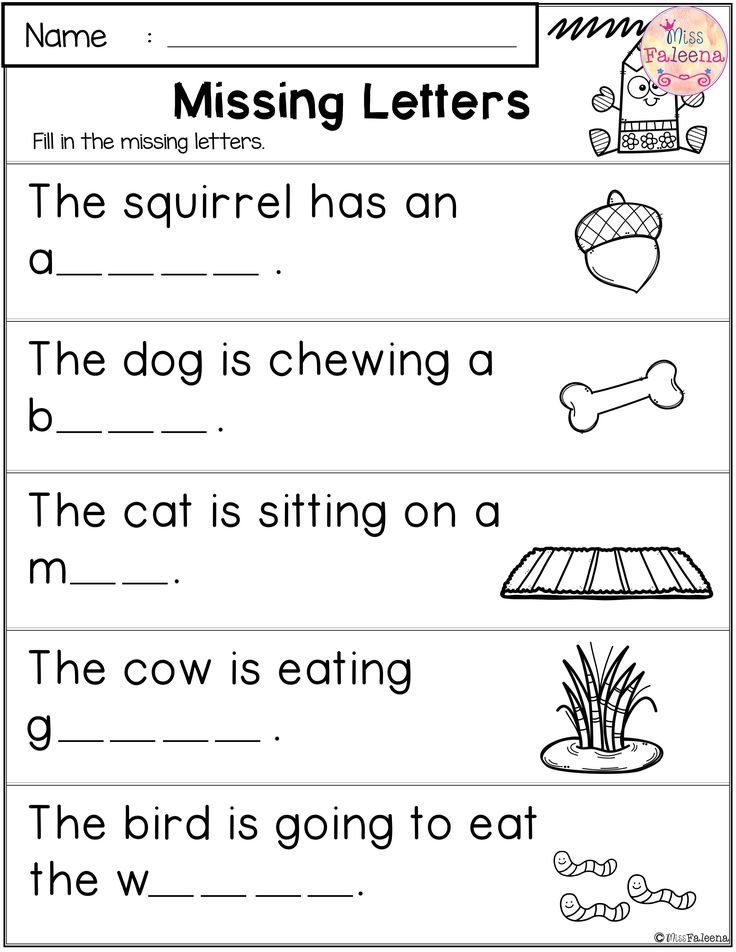 Does he or she need to bring anything with them? Does he or she need to be collected at a set time? Will outdoor clothing be needed if the weather is bad? How will your friend reach the location of the event? Should a parent bring them or will you provide transport?
Does he or she need to bring anything with them? Does he or she need to be collected at a set time? Will outdoor clothing be needed if the weather is bad? How will your friend reach the location of the event? Should a parent bring them or will you provide transport?
Remember to ask them to reply saying yes or no. Give a date by which you must have their reply. This is important if food and drink are being provided, or if you need to know exactly how many people are coming.
Back to Top
Activity 8: Letters of complaint
Suitable for school or home, children ages 5-7 and 7-9
When might a letter of complaint be sent? It might be when someone has done something wrong. Sometimes people write letters to organisations or the newspapers to complain about litter or poor service.
Just imagine what Mr. Bear must have been thinking at the end of the story of Goldilocks and the Three Bears. A naughty girl had broken into his home, eaten his porridge; broken a chair and then gone to sleep on his child's bed.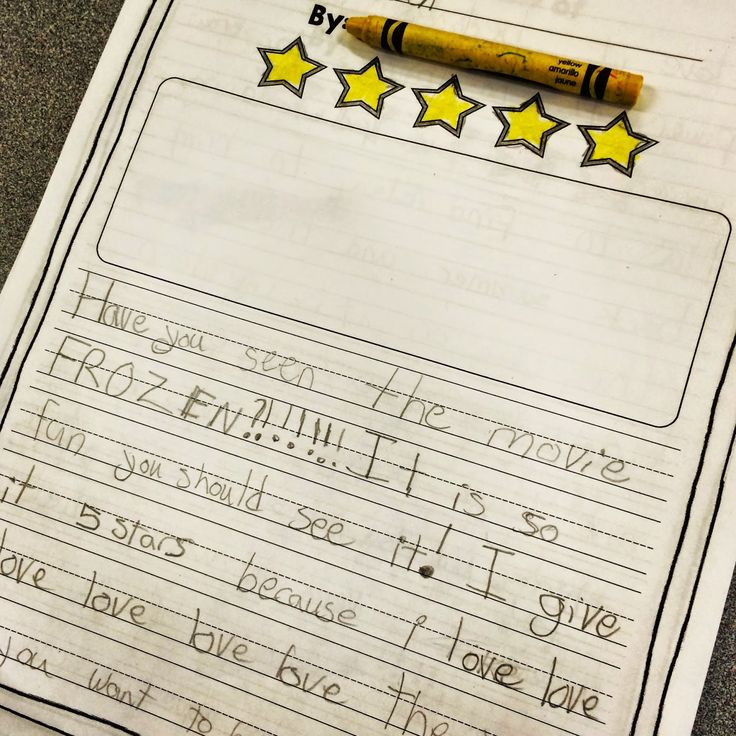 Then she had run away without even saying sorry when the bears came back.
Then she had run away without even saying sorry when the bears came back.
Write a letter of complaint from Mr. Bear to the parents of Goldilocks. What would he say? He would need to get his complaint across very strongly. There would be a list of Goldilocks' misdeeds. He would ask for an apology. Would he ask for payment for the broken chair? Would he ask for action to be taken against Goldilocks? Discuss the various possibilities with the children. What might he ask? Would it be a formal or informal letter?
Back to Top
Activity 9: Letters to Santa
Suitable for school, children ages 5-7 and 7-9
Every year children write letters to Santa Claus, asking for special toys at Christmas time. But how many children think about Santa Claus himself? What is his life like? What are the problems of living amid all that snow and ice?
This is an exercise that could involve two classes within a school. Both classes should prepare for the task by listening to some unusual letters.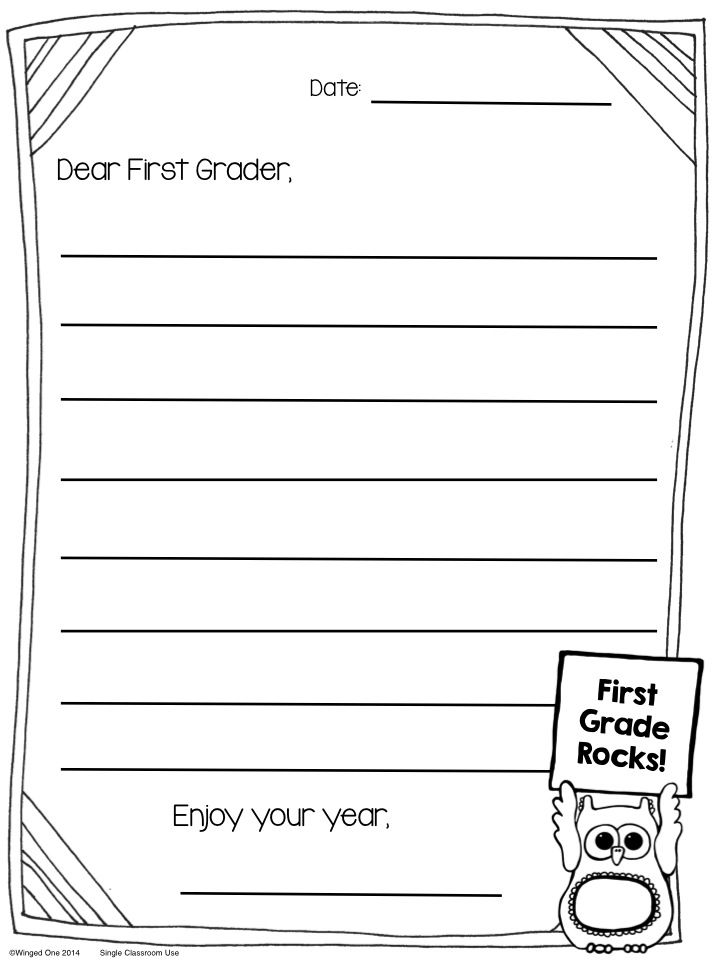 J R Tolkein wrote a lovely book entitled Letters from Father Christmas. Every December a letter would appear telling wonderful tales of life at the North Pole — how the reindeer got loose and scattered presents all over the place; how the accident-prone Polar Bear climbed the North Pole and fell through the roof of Santa Claus's house.
J R Tolkein wrote a lovely book entitled Letters from Father Christmas. Every December a letter would appear telling wonderful tales of life at the North Pole — how the reindeer got loose and scattered presents all over the place; how the accident-prone Polar Bear climbed the North Pole and fell through the roof of Santa Claus's house.
Children in the younger class should write letters to Santa. They should ask about life at the North Pole. What do they think it is like? What sort of characters live there? How does Santa Claus occupy his time for the rest of the year? Consider how they would feel living in a land of snow and ice all year round? Would they want a holiday somewhere warmer?
Once the letters are written, gather them up and take them to an older group of children. Give each child a letter and ask them to write a reply. This would give them the opportunity to use their imagination and create imaginative responses, possibly little stories about life at the North Pole.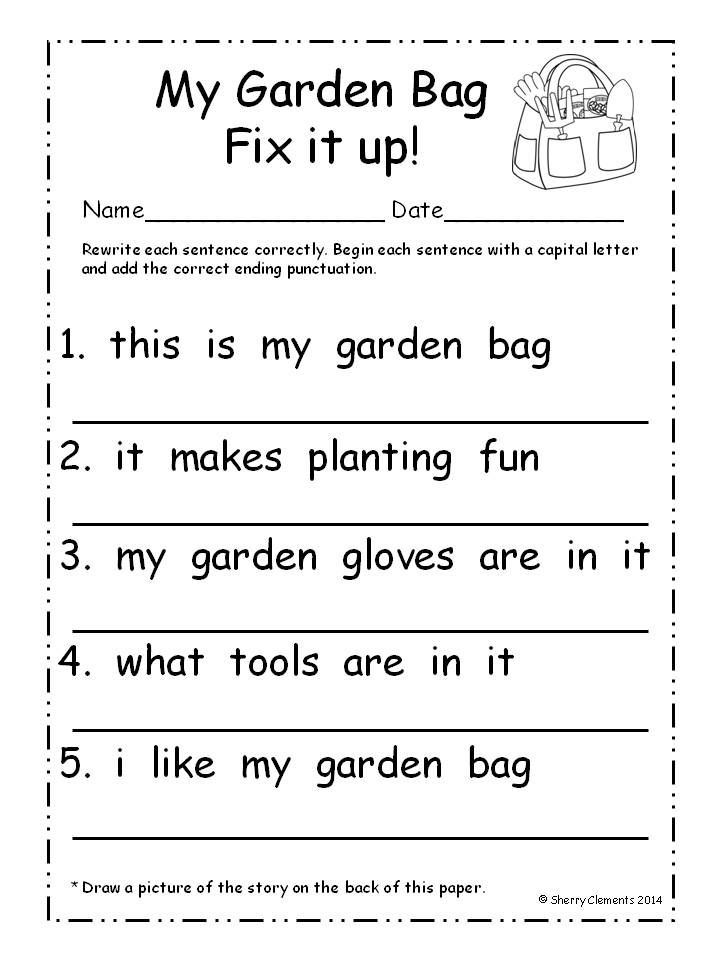 They could also add in their own ideas. But care should be taken to make sure that all the questions in the original letters are answered.
They could also add in their own ideas. But care should be taken to make sure that all the questions in the original letters are answered.
Finally, take the answers back to the original class for reading and discussing.
Back to Top
Activity 10: Letters to newspapers and magazines
Suitable for school, children ages 7-9
These are letters that aim to pass on an opinion or a message. Examples can be easily obtained from local newspapers or from children's magazines such as DK Find Out or Aquila. They are written slightly differently to normal letters and are always addressed Dear Sir, or Dear — (name of magazine).
These are letters that are directed at a wide audience — anyone who happens to read it. The sender never gets a direct letter back through the post. Sometimes people are so interested in a letter, which has appeared in a magazine that they want to express their opinions. So they then write a letter to the magazine giving their comments.
So what might go into a letter to a newspaper or magazine? It might be a request — could you provide more stories about skate boarding, or nature? It might be a way of thanking people for providing help. Sometimes letters to local newspapers are used to thank people who helped find a lost dog or help after an accident; but who did not leave their names. By writing to the paper, the sender hopes that the message will reach the people concerned. Sometimes such letters are used to express opinions such as on climate change, treatment of animals, poor services, not enough buses, and human rights.
Letters of this kind need to be very precise. Arguments should be clearly made. Requests for action should be clearly indicated. From reading the letter, everyone should know exactly what the sender is asking.
A major issue is recycling and energy conservation. Everyone is trying to reduce the amount of energy we use. Look at all the reasons why energy conservation is so important.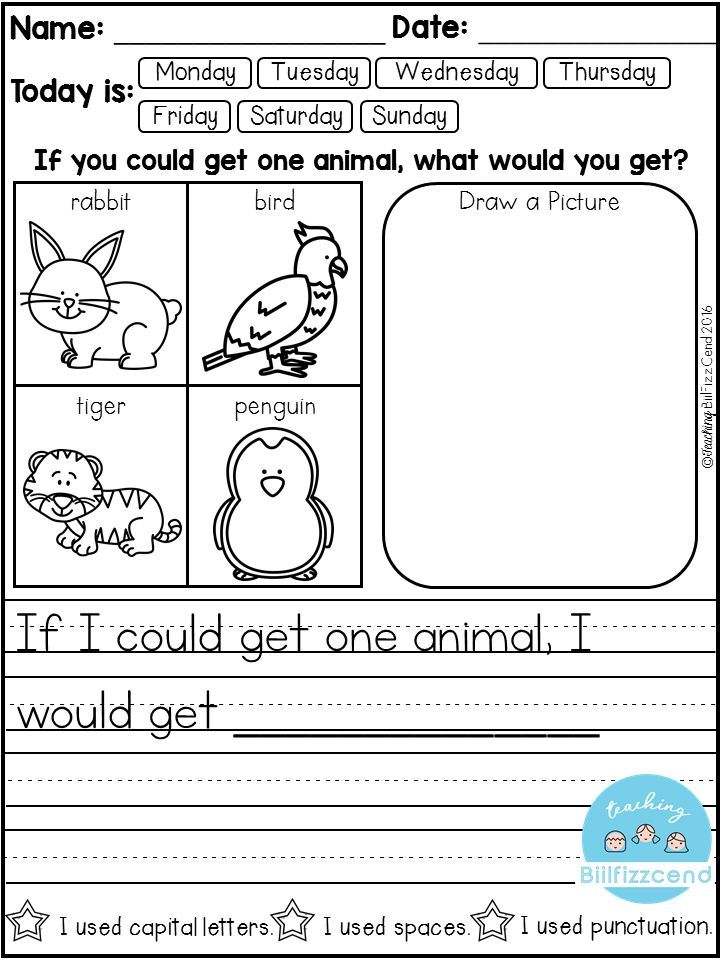 Then, write a letter to a paper or magazine saying why you believe we should avoid wasting energy. Give examples of how energy can be saved? What measures should we take in our homes or schools? Could anything more be done?
Then, write a letter to a paper or magazine saying why you believe we should avoid wasting energy. Give examples of how energy can be saved? What measures should we take in our homes or schools? Could anything more be done?
Back to Top
Writing lesson in grade 1 on the topic "Lower letter t" | Lesson outline (Grade 1) on the topic:
Mozgaleva T.L.
Theme: “Lower letter t”.
Lesson type: Lesson of discovering new knowledge
Purpose: to teach how to write the lowercase letter t
Tasks:
1. Educational:
- To form the ability to write the letter t;
- Learn to write syllables, combinations and words with the letter t;
- To consolidate the spelling of the studied letters
2. Developing:
- To develop the skills of self-control and self-assessment, mutual control;
- Develop spelling vigilance;
- Develop calligraphic handwriting skills, attention, speech skills, ability to analyze and generalize
3. Educators:
Educators:
- Develop interest in learning, love for the native language;
- To cultivate positive motivation for the learning process;
- Cultivate a desire to help classmates, apply the rules of business cooperation
Form: Problem-dialogic game - travel
The lesson uses elements of modern pedagogical technologies:
- game (the lesson is built in the form of a game - travel) oriented (individual work at the blackboard and writing)
- problem-based learning (partially - search)
- health-saving (change of activities, physical minutes).
This lesson traces interdisciplinary connections with reading and mathematics.
Principles: visibility, accessibility. The principles of systematicity and consistency are realized through transitions from simple to complex.
Technical features of the lesson: this lesson includes a computer presentation. ICT is used at all stages of the lesson as a means of visualization along with the word, i.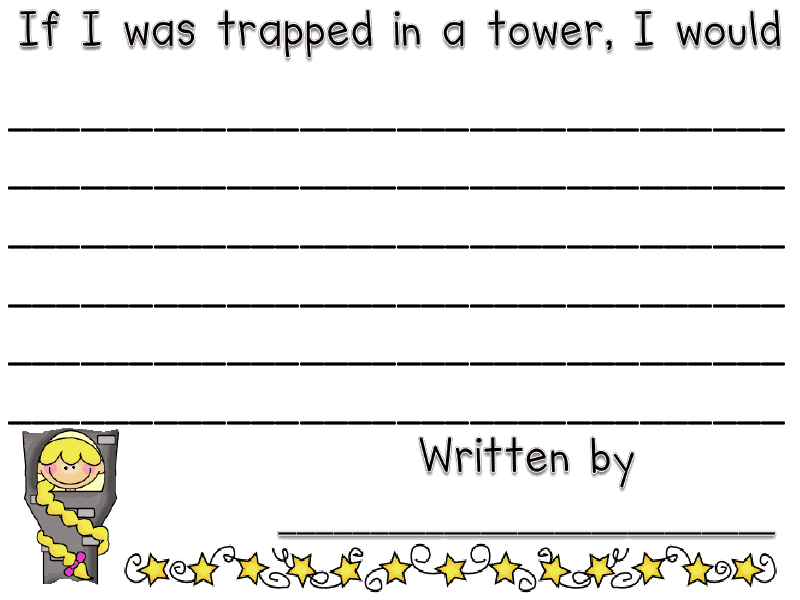 e. verbal and visual methods appear in didactic unity.
e. verbal and visual methods appear in didactic unity.
Expected results
Regulatory UUD:
- determine and formulate the purpose of the activity in the lesson with the help of a teacher;
- keep the goal of the activity until its result is obtained;
- plan the solution of a learning problem;
- perform a sequence of necessary operations;
- analyze the spelling of a letter in accordance with the standard;
- find common elements in letters;
- construct letters from elements, analyze graphical errors;
- find the correct letter;
- analyze your own work, find errors, fix them
reasons.
Cognitive UUD:
- navigate in your knowledge system: to distinguish the new from the already known;
- navigate in the copybook;
- gain new knowledge: find answers to questions using your
life experience and information obtained in the lesson;
- process the received information: draw conclusions as a result of
collaboration of the whole class.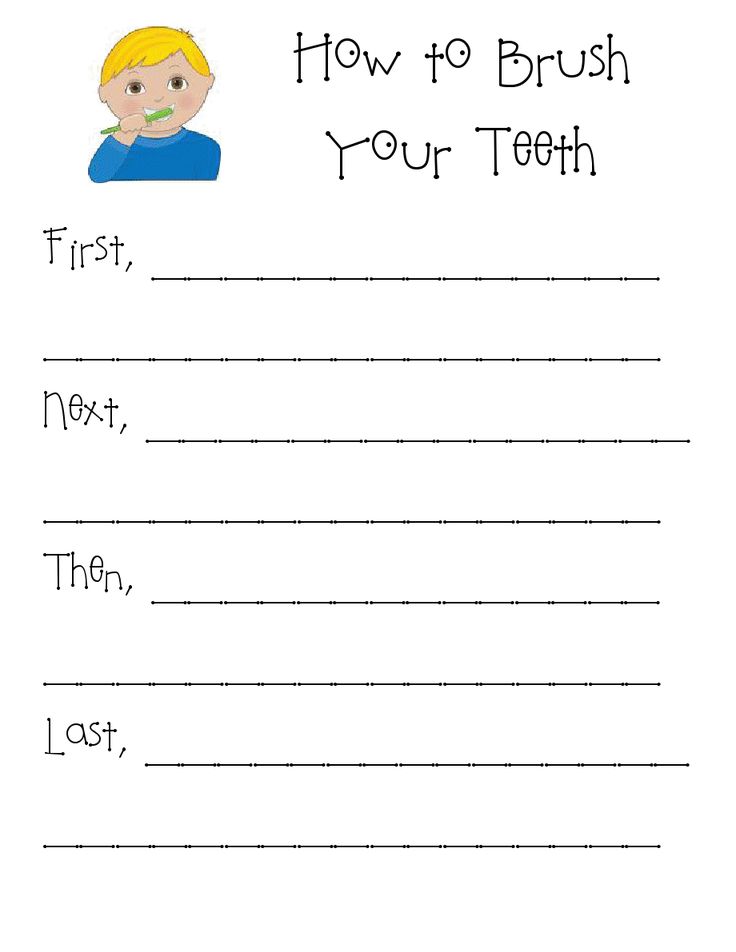
Communicative UUD:
- to convey one's position to others: to formulate one's thought in oral or
written speech;
- to listen to and understand the speech of others;
- jointly agree on the rules of working in pairs and follow them.
Personal UUD:
- show interest in new things;
- interest in the method of solution and the general mode of action;
- develop the ability to adequately judge the reasons for one's success or
academic failure.
Structure and the course of the lesson:
- Organizational moment
A) - Check, friend,
Are you ready to start a lesson?
Everything is in place, everything is in order:
Elements of letters, pencil case, notebook?
b) Guess the riddle:
- Which fairy-tale hero: lives on the roof, flies higher than everyone else? (slide 2)
This literary hero, together with us, will complete tasks in the writing lesson.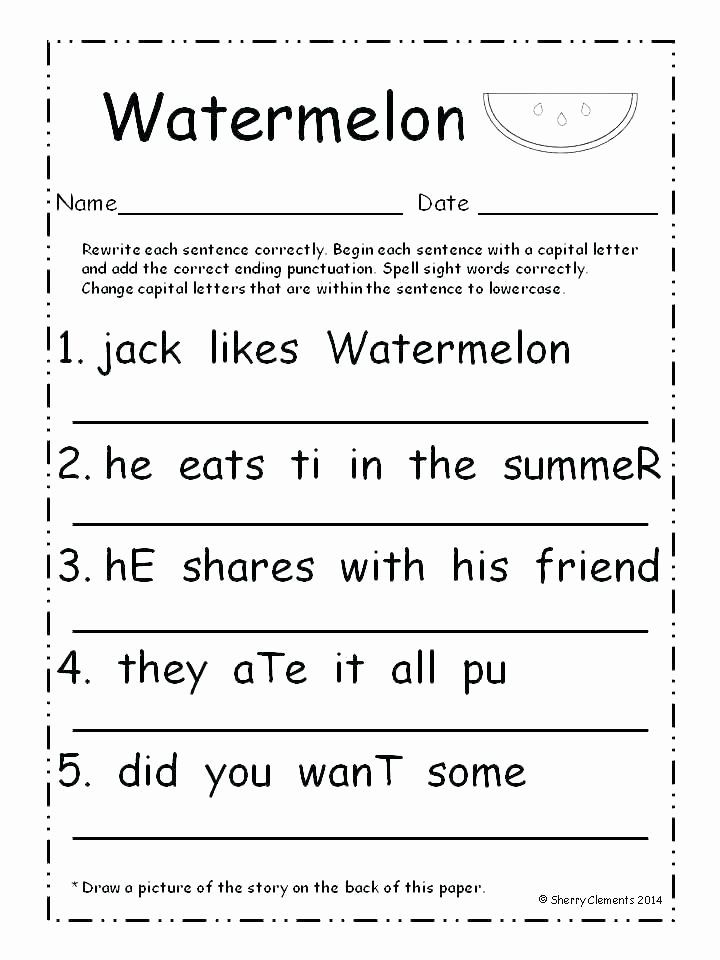
- Update of basic knowledge
24
- Decide what we will learn in the lesson?
- How are we going to do it?
2. Forming a visual image of a letter in memory
a) - Show printed letters on the page.
- Show written letters on the spelling page.
- Why are there four?
- What is a letter?
- What sounds does the letter t stand for?
- Consider writing a lowercase letter t.
Name the elements that make up the letter t.
b) Working with an envelope. Letter construction.
- Why did we do this?
- Learning new things.
- Writing the letter:
A) explanation of the teacher
b) attention to slide 3
c) we will write with Carlson
g) write in a notebook (on the scoreboard) under the score 9000
Let's remember the drawdown rules when writing:
Hands? - On the spot!
Feet? - on the spot!
Elbows? - At the edge?
Back? - Direct!
2. Letter in the notebook of elements and letters t
Letter in the notebook of elements and letters t
- Write the first line. Self-test. Mutual verification.
- what did you study?
3. Exercise in writing letter combinations:
- Read what is written on the next two lines?
- What is the difference between writing syllables in lines 1 and 2?
Writing syllables in the air. We write in notebooks.
- What did you study?
Game "Tell me a word".
- Fizminutka (slide 4 - 5)
- Consolidation of the learned
- Exercise in writing words
a) - Look at the following lines. What will we be learning?
- Read the word. What is a cake? (slide 6)
- How many letters? Sounds? Syllables?
- Determine the nature of the connections.
Write the word twice.
b) - Read the word.
- How many letters? Sounds? Syllables?
- Determine the nature of the connections.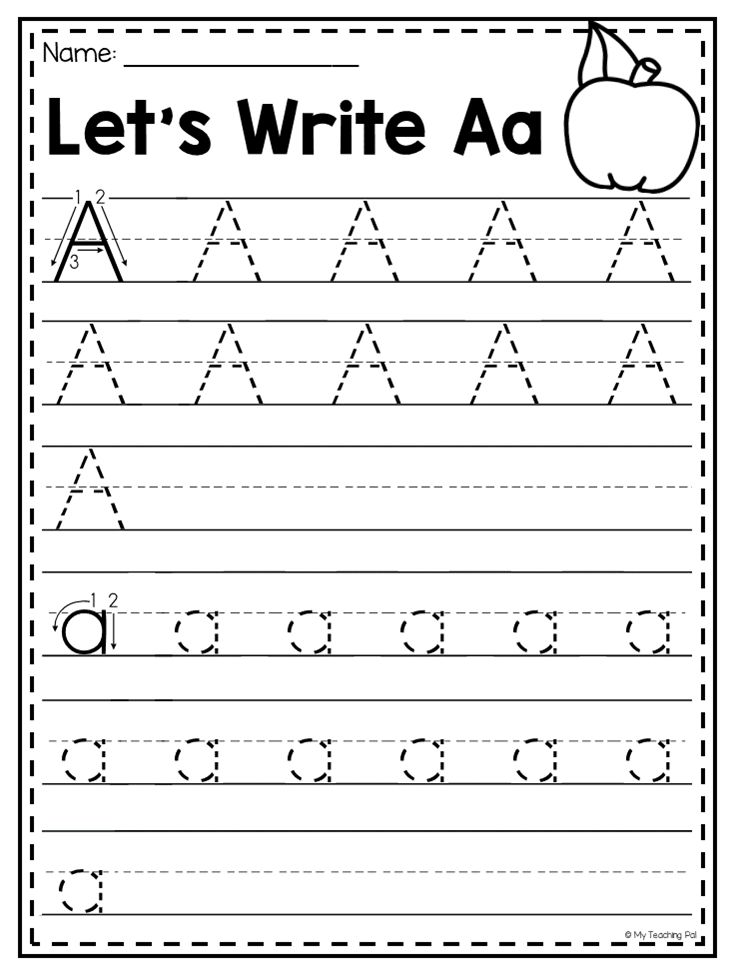
Write the word twice.
- What did you study?
- What sounds does the letter t stand for in the first word? In the second word? Why?
- What do the words cake and aunt mean?
- What is the name of the aunt from the fairy tale about Carlson? (slide 7)
- What is she like?
- What do the words you listed mean?
- Fizminutka
- Completion of a logical task from Question Question.
- Work with the offer.
- What is written on the next line?
- What does the offer consist of?
- How many words are in this sentence?
- What rules for writing a sentence do we know?
- Why is the third word of the sentence capitalized?
- Determine the nature of the connection of letters.
Recording a sentence from dictation. Self-test. Mutual verification.
- What did you study?
- Work with the proposal scheme.
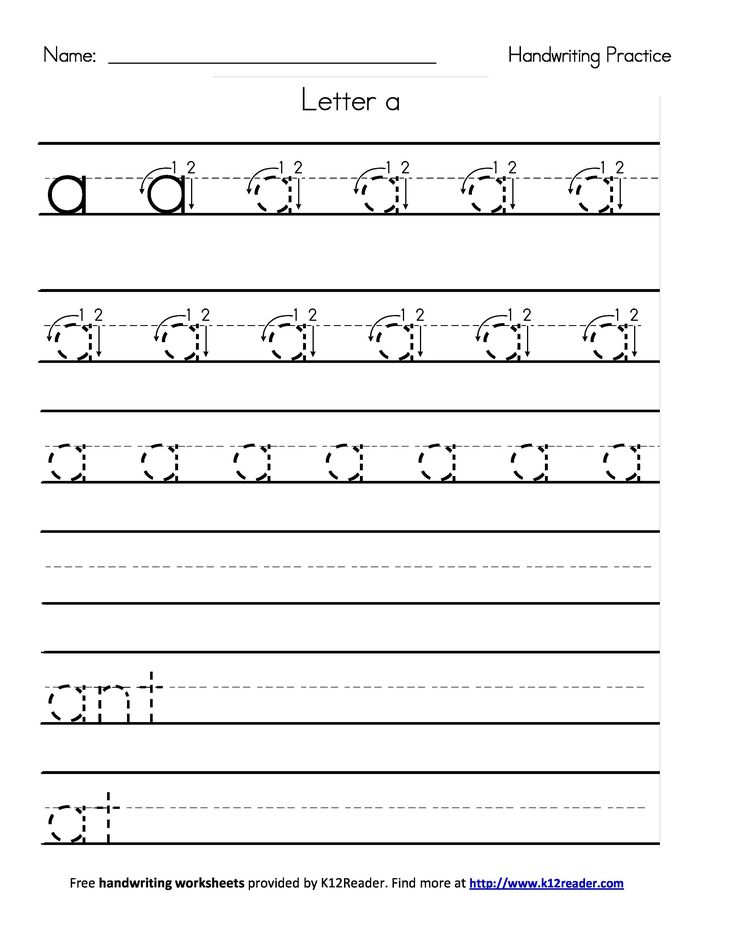 The development of oral speech.
The development of oral speech.
- What is recorded?
- How many words are in the sentence?
- What can be said about the first word?
- Make an offer. Examination.
- Visiting Raskraskin (pattern - berries for Carlson's cake).
- Lesson summary
- What did we learn at the writing lesson today?
- Continue the sentences: (slide 8)
- I learned ...
- I remembered ...
- I learned ...
Self-analysis of the lesson of writing,
conducted on 11/19/13
in the 1st "a" class of the municipal educational institution "secondary school No. 12" of the city of Rzhev
Lesson type: Lesson for discovering new knowledge.
Purpose: to teach how to write a lowercase letter t
Tasks:
1. Educational:
- To form the ability to write the letter t;
- Learn to write syllables, combinations and words with the letter t;
- To consolidate the spelling of the studied letters
2.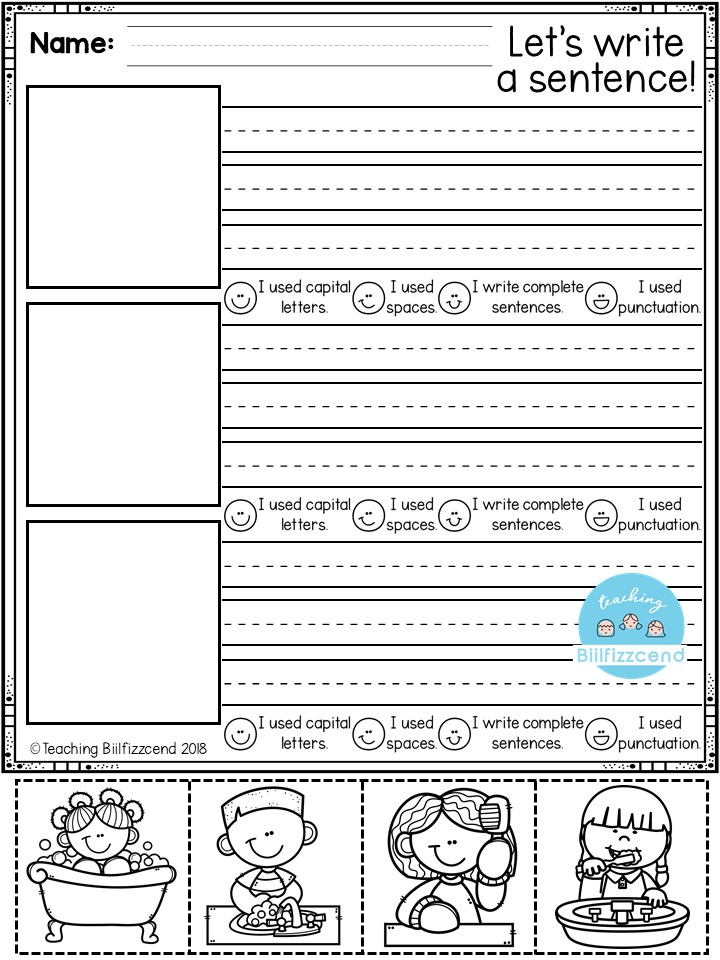 Developing:
Developing:
- To develop the skills of self-control and self-assessment, mutual control;
- Develop spelling vigilance;
- Develop calligraphic handwriting skills, attention, speech skills, ability to analyze and generalize
3. Educators:
- Develop interest in learning, love for the native language;
- To cultivate positive motivation for the learning process;
- Cultivate a desire to help classmates, apply the rules of business cooperation 2" to "Azbuka"
N.G. Agarkova, Yu.A. Agarkova).
This lesson is the first on this topic.
The lesson uses elements of modern pedagogical technologies:
- game (the lesson is built in the form of a game - travel)
- personality-oriented (individual work at the blackboard and writing)
- problem-based learning (partially - search)
- health-saving (change of activities, physical minutes) .
This lesson traces interdisciplinary connections with reading and mathematics.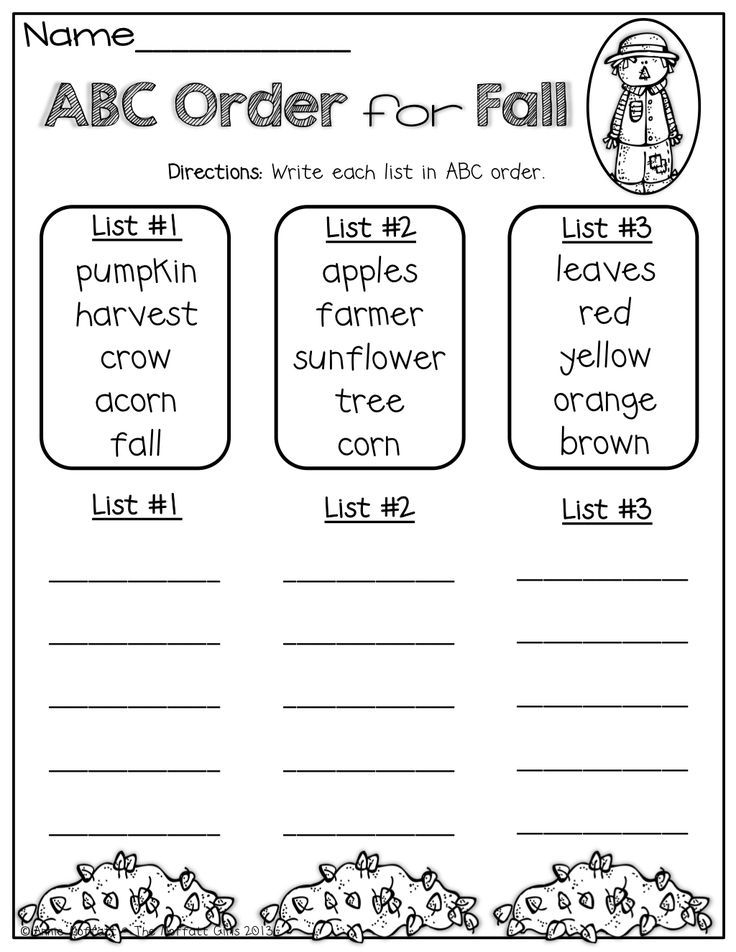
Principles: visibility, accessibility. The principles of systematicity and consistency are realized through transitions from simple to complex.
Technical features of the lesson: This lesson includes a computer presentation. ICT is used at all stages of the lesson as a means of visualization along with the word, i.e. verbal and visual methods appear in didactic unity.
Planned results
Regulatory UUD:
- determine and formulate the purpose of the activity in the lesson with the help of a teacher;
- keep the goal of the activity until its result is obtained;
- plan the solution of a learning problem;
- perform a sequence of necessary operations;
- analyze the spelling of a letter in accordance with the standard;
- find common elements in letters;
- construct letters from elements, analyze graphical errors;
- find the correct letter;
- analyze your own work, find errors, fix them
reasons.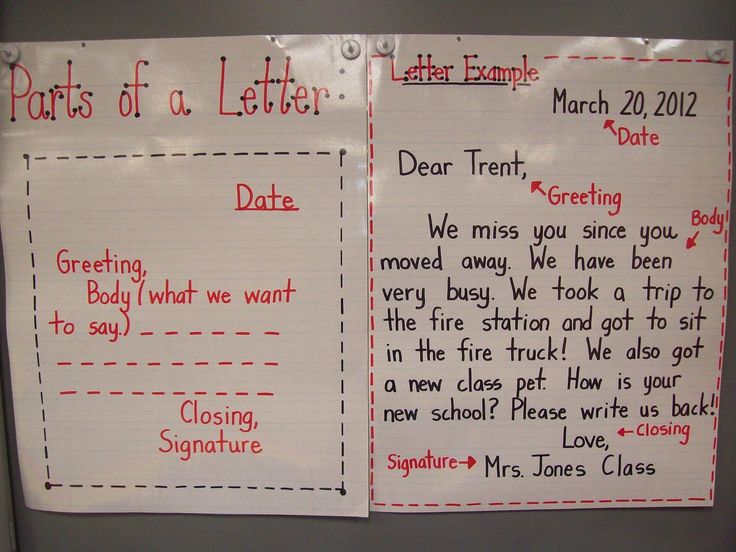
Cognitive UUD:
- navigate in your knowledge system: to distinguish the new from the already known;
- navigate in the recipe;
- gain new knowledge: find answers to questions using your
life experience and information obtained in the lesson;
- process the received information: draw conclusions as a result of
joint work of the whole class.
Communicative UUD:
- to convey one's position to others: to formulate one's thought in oral or
written speech;
- to listen to and understand the speech of others;
- jointly agree on the rules of working in pairs and follow them.
Personal UUD:
- show interest in new things;
- interest in the method of solution and the general mode of action;
- develop the ability to adequately judge the reasons for one's success or
failure in learning.
Methods of teaching writing in the 1st grade. Synopsis of a lesson in teaching literacy (writing) in the main period of teaching literacy
1.
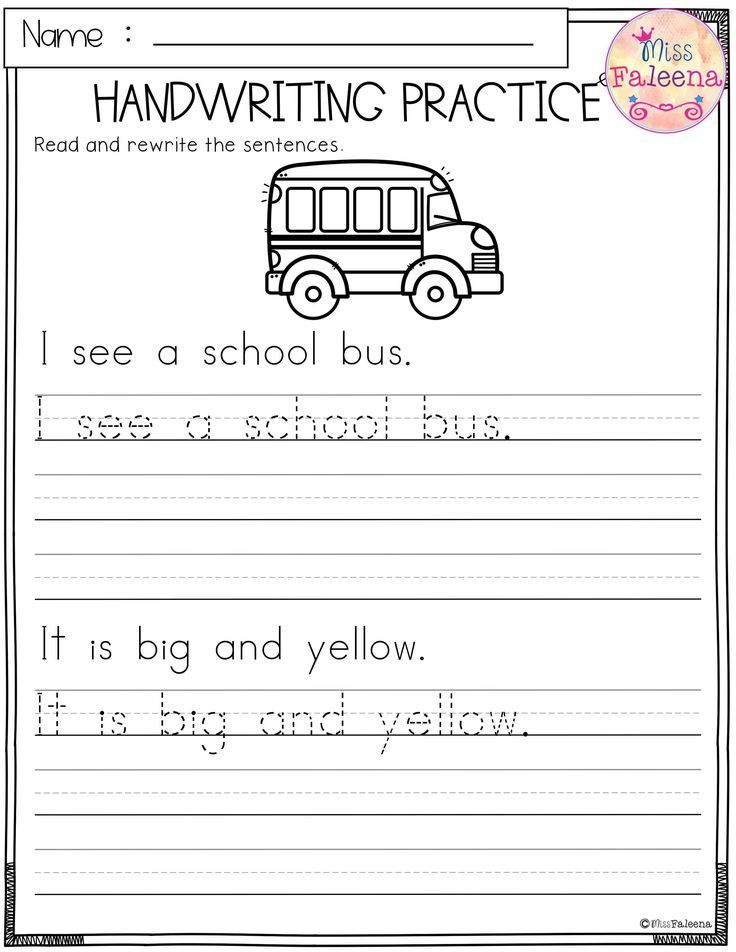 Methods of teaching writing in grade 1. Synopsis of a lesson in literacy (writing) in the main period of literacy. Zhdanova A.G.
Methods of teaching writing in grade 1. Synopsis of a lesson in literacy (writing) in the main period of literacy. Zhdanova A.G. Gr. 11-z
2. A letter is a means of expressing a person's thoughts with the help of specially created conventional signs. The main purpose of the letter
is to transmit speech over a distance andfix it in time.
Learning to write is one of the most complex processes
in elementary school.
Stages of graphic skill formation:
At the first stage, the student's task is to
learn how to sit correctly, hold a pen and a notebook.
On the second - to write the most important elements of the letter, more precisely
to learn the writing algorithm.
On the third - write letters.
On the fourth - write whole words.
The formation of graphic skills in a first grader -
a conscious process. In which an essential role
belongs to the awareness of the goals and objectives of the action: that
should be obtained as a result of the action and at
its individual stages.
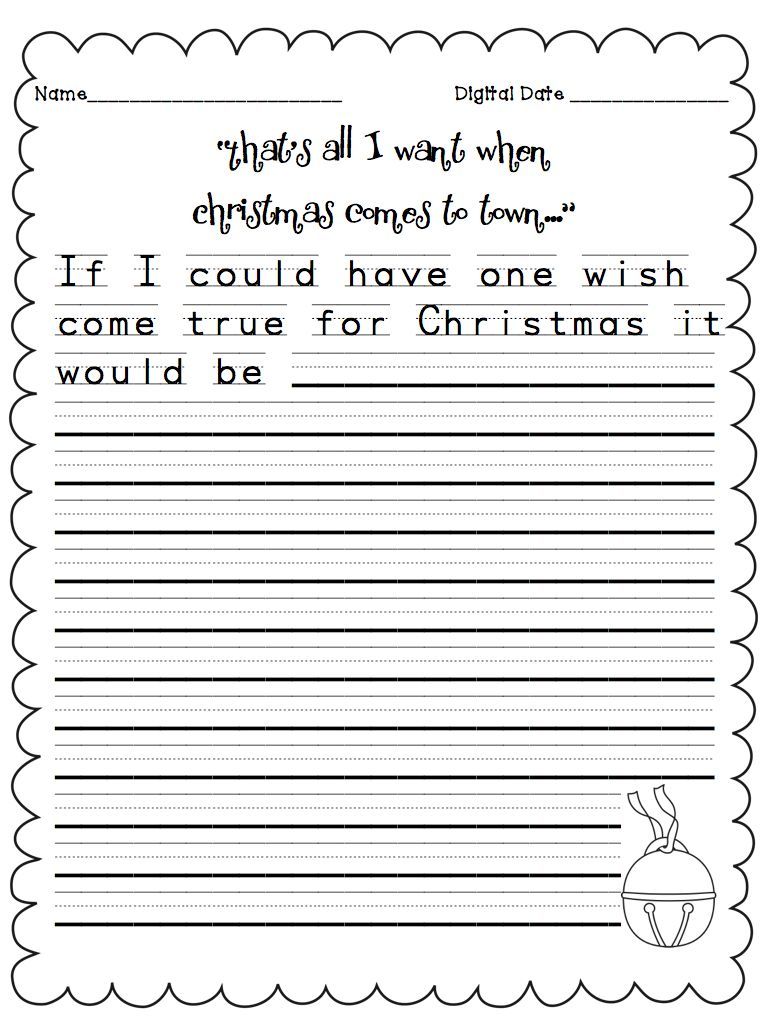
When teaching children to write, the methodological knowledge of the teacher is very important. In
, a variety of
techniques and
exercises to help develop graphic skills.
The main ones
are as follows:
1. Teacher showing the writing process and explaining how to write
letters, syllables, words, sentences
on the board or individually in the student's notebook
.
2. Writing off by students from the finished sample - copybook, sample
teacher
on the board or in a notebook.
3. Tracing a sample letter (copy technique).
4. Imaginary writing, or circle over sample, writing at
air.
5. Analysis of the shape of the letter with the selection of visual elements.
6. Letter on account.
7. Receiving display of erroneous spelling.
The most effective is the implementation by the teacher of not one, but all
of the above methods, which will allow him to diversify the activities of the student
and achieve the greatest success in teaching children to write.

4. Children learn the spelling of each letter in a separate lesson. A huge role in teaching writing belongs to the analysis of the letter, its
graphicconstituent elements, comparing the letters of the students' mistakes to the composition and
according to the style.
For schoolchildren there is a system of clear standards - algorithms for writing letters.
These algorithms should be well learned by students, i.e. turned into
real knowledge about the actions while writing. It is necessary to develop in children
an analytical vision of the form of letters.
When forming the correct graphic skill, the action is performed
with an orientation to the selected features in
three successively changing forms: material, verbal,
mental.
The material form involves drawing up a task plan,
which provides an understanding of the action algorithm (
examining a graphic drawing of a letter, highlighting elements together with the teacher,
finding similar elements in already studied letters,
determining the sequence of movements, etc.
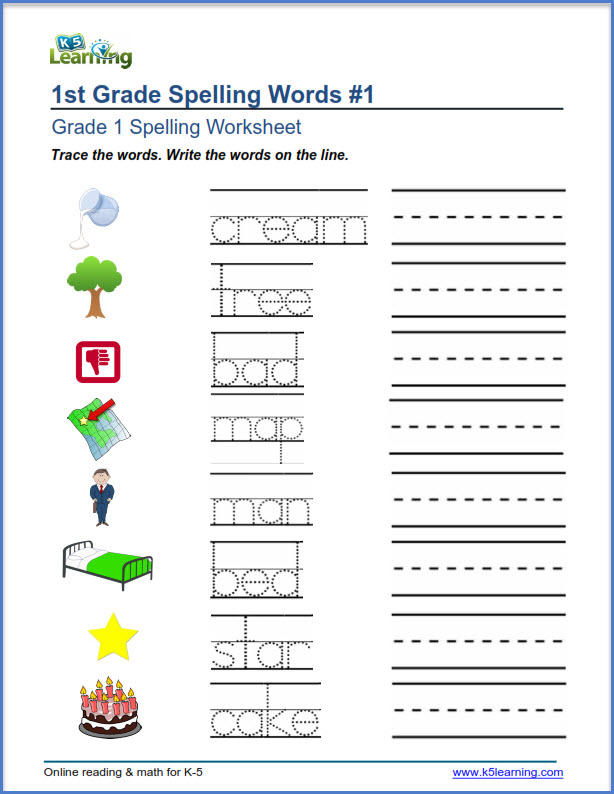 )
) Speech form - with independent speech. Task
is performed with preliminary speaking out loud of the content
next operation, i.e. the writing of the letter is carried out under the condition
of speaking the letter of all small elements in the given sequence
. The speech expression of the action must be exact,
i.e. the student should be able to describe the algorithm for writing the studied letter.
Gradually, the speech instruction becomes more abbreviated. The teacher
or the child reminds himself of the key milestones of writing, he can
move on to writing a letter, imagining the whole course of action "in his mind".
5. Lesson summary of teaching literacy (writing), in 1st grade.
Theme of the lesson: “Writing a lowercase letter “r””.Lesson objective: Developing literate writing skills.
Tasks:
Educational: developing writing skills; ability
to write a lowercase letter “r”; spatial relationships
letters-signs.
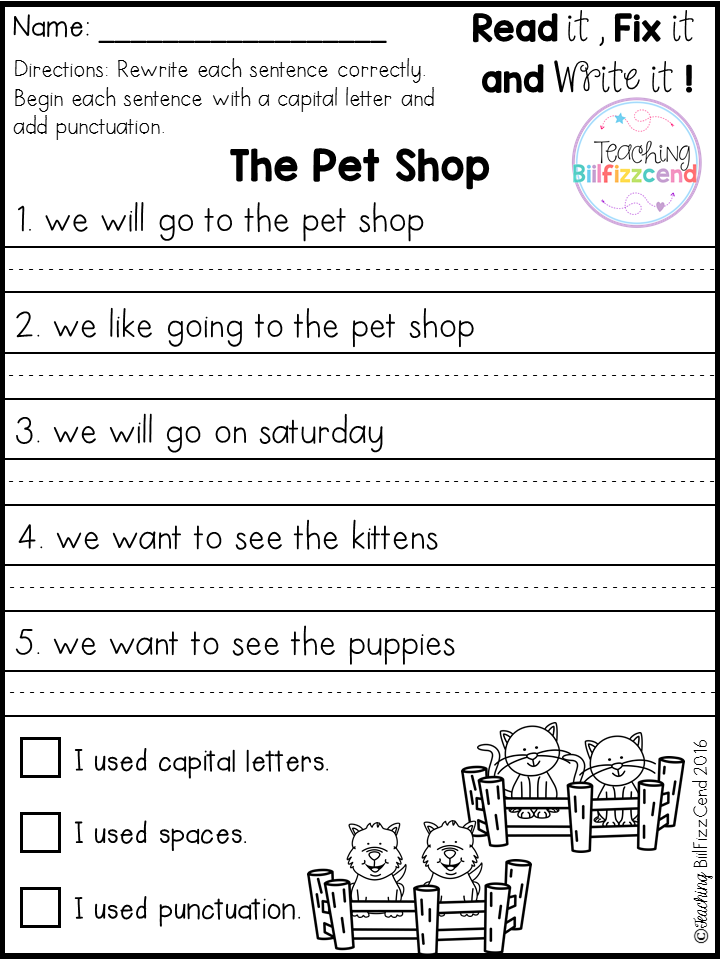
Educational: to cultivate a sense of neatness;
to cultivate a culture of behavior in the classroom.
Reinforcement: Reinforcing graphic and
calligraphic writing skills.
Equipment: copybook No. 2 (author V.A. Ilyukhina), visibility: fabulous
hero "Pinocchio", cards, letter writing scheme.
Type of lesson: learning new material.
Plan.
1. Organizational moment. (2min)
2. Reporting the topic and purpose of the lesson. (3 min)
3. The stage of preparing students for active conscious assimilation of knowledge, repetition. (57 min)
4. The stage of assimilation of new knowledge. (15-20 min)
5. Physical exercise for hands (3 min)
6. The stage of fixing ZUNov. (10 min)
7. Summing up the lesson. (2 min)
6. Course of the lesson
Organizational moment.-What's the lesson now? What should be prepared for work? (primer book, album,
notebook, pencil case).
Reporting the topic and purpose of the lesson.
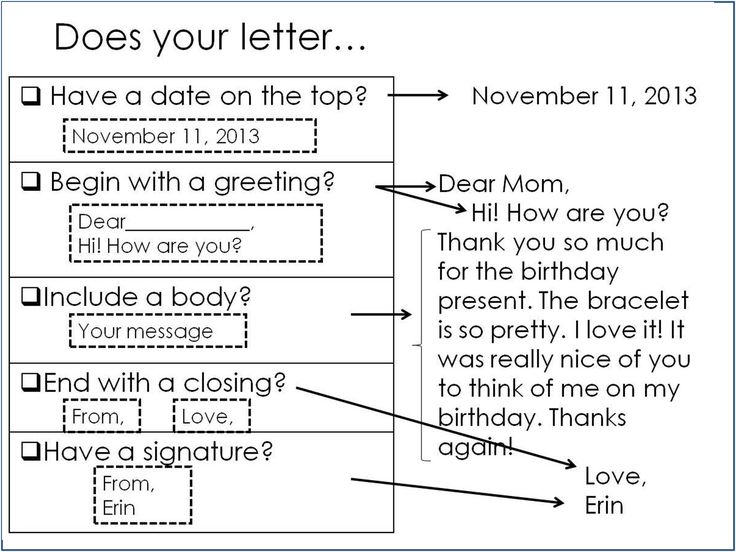 Briefing on the difference between the correct
Briefing on the difference between the correct landing when writing and during the performance of oral tasks.
The stage of preparing students for active conscious assimilation of
knowledge, repetition.
- Today we have a very mischievous hero visiting us. Who is he? Pinocchio. (Figure 1)
- That's what a prankster Pinocchio. He smeared all the letters with blots. What are we to do
- Let's try to restore them?
- Write the rescued letters in the blue check mark on the working line.
a) Work in copybook.
INEMUO
I'll open my notebook
And put it where it's necessary.
I will not hide my friends from you
I hold the pen slightly.
I'll sit up straight, I won't bend,
I'll get to work.
- Speak the algorithm for each letter entry.
An example of the algorithm of the letter “and”:
We put the pen on the top ruler of the working line, we go down along a straight inclined line
lines down, turn on the spot, go up the hook to the middle,
write "secret", according to the "secret" straight inclined line down turn on the spot,
hook to the middle.

Stage of mastering new knowledge.
a) Consider the letter "r".
Our Pinocchio went fishing. What do you need for fishing?
- A fishing rod and a worm. (Figure 2)
- What elements does this letter consist of?
Children: long oblique, “tubercle”, oblique line, “rocking chair”,
hook.
b) Algorithm for writing a lowercase letter "p".
- We put the handle on the top line of the working line, we go down
down the long slope to 1/3 in the additional line,
we tear off the handle, we put it 1/3 from the top in the working line,
we go to the right up with a "bump", we turn the handle,
we go down the inclined line, perform the “rocking chair”
and go up the hook line to the middle of the working line
.
c) Writing a lowercase letter "r".
- Long downward slope. С1/3 from above “tubercle” to the right upwards,
inclined downwards, “rocking chair”, hook to the middle.
d) Letter of letter combinations.

- Ra, ar, ru, ur - Upper connection with a secret.
e) Write down the words "wound, frame".
Fizminutka for hands (massage of fingers from the base to the nail).
One, two, three, four, five. The fingers went out for a walk.
This finger is the strongest. The thickest and largest.
This is a finger for... To show it off.
This finger is the longest... And it stands in the middle.
This little finger is nameless... He is the most spoiled one.
And though the little finger is small... Very dexterous and daring!
ZUN fixing stage.
a) Work on the word "chamomile".
We will weave wreaths in the summer
For Oksana, Masha, Sveta,
For Alenka, two Natashas.
All wreaths of...
- Mark the centers and nests in this word.
- What letters in the word "chamomile" did Am eat?
- Restore the word.
b) Lexical work on the word "lobster".
Lobster is a large sea crayfish.
c) Independent work "Add a letter.
